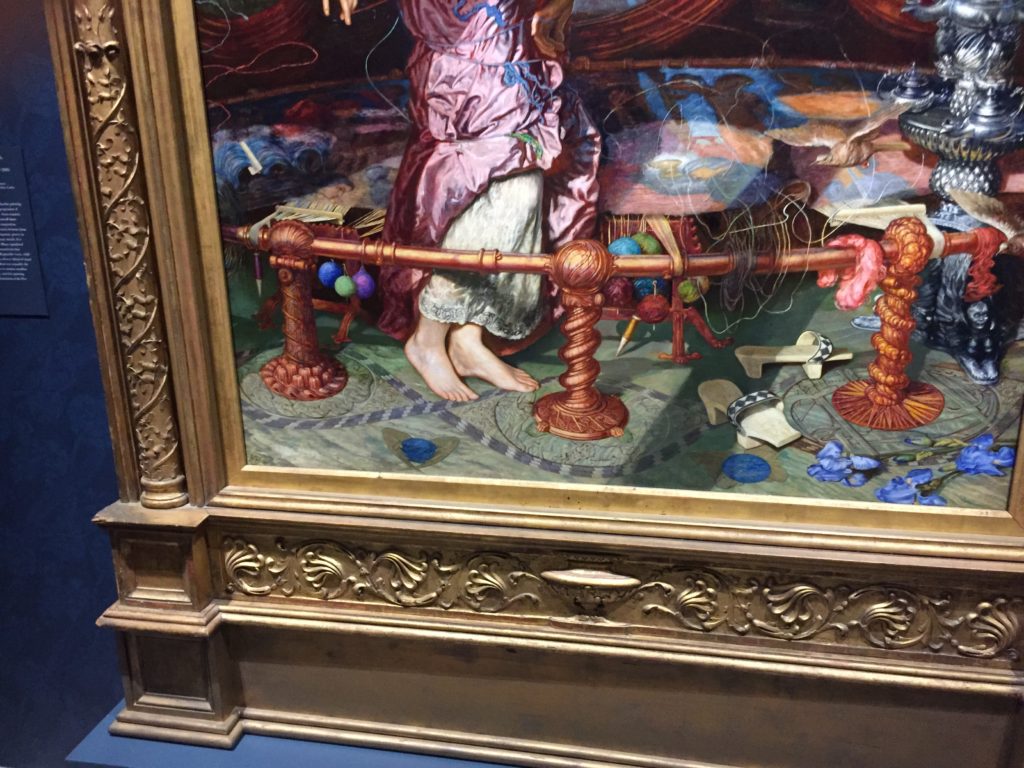900 Words
There is a chasm between the standard description of functional gait and the description of optimized gait presented in this model:
STANDARD DESCRIPTION OF GAIT:
This quote is the standard description of foot function in gait found in many Physiology or Physical Therapy texts:
“There are three main stages (or phases) of the gait cycle. The foot strikes the ground with the outside of the heel first (heel-strike phase). Then, the foot’s bottom surface makes contact with the ground (mid-stance phase), and we then push off with the medial side of the foot and big toe.”
Massage and Bodywork magazine March/April 2019
WHICH SHOULD READ:
1) The foot contacts the ground with the load-bearing split between the center of the heel and the area of the ball of the foot behind the big toe, weight distribution adjusting to variances in terrain (heel strike is indicative of poor foot function).
2) We move forward by pushing off of the ground with the big toe and the area of the ball of the foot behind the big toe. Ideally, that last contact before the foot leaves the ground is with the bottom of the big toe.

ANCESTRAL GAIT
Until relatively recently when walking or running our ancestor’s feet contacted the ground primarily toe first. This video elucidates this concept in a quaint historical setting1:
WALK MEDIEVAL!
The paper mentioned in the video by Marquita Volken can be found here:
ARMING SHOES OF THE FIFTEENTH CENTURY
1The concept of falling forward to move ahead mentioned in the video is less optimal than pushing off with the Big Toe as discussed here. See the Automatic Gait section in the paper: HOW WE USE OUR FEET for discussion of this related topic.
THE ARCH
Traditional Physiology describes the foot as consisting of three arches – medial, lateral and transverse. Arches work by distributing a load away from the load centerline and down through load-bearing structures, creating a void. While this works well for Medieval churches, it bears little resemblance to this writer’s experience of using his feet. Perhaps the closest feet get to arch function is in standing, but even here the description is misleading. The foot can be positioned so that load-bearing occurs through these three “arches”, arranged like a tripod. While standing on one foot and doing something with the hands (tool use) this is optimal, but when we stand on both feet, walk or run, trying to engage all three arches might not even be possible.
SHOCK ABSORPTION AND THE ARCH
For shock absorption, the foot does not make contact with the ground functioning as an arch. If the ball is the primary contact, with activation of the calf muscles load-bearing maintains a springy quality. This is a very mild form of toe walking, which not only absorbs shock but stores energy that can be returned to the next step. An arch is a static structure that does not absorb energy but rather transfers shock into other parts of the body (knees, hips, spine, cranium, etc.). If feet functioned as arches in locomotion not only would this lead to excessive wear and tear on our structure, but the pounding of our gait as we moved would have informed our ancestor’s predators of our location. When using the foot from the perspective of static arches, the complex muscular functions implicit in our feet are sidelined, resulting in Flat Feet, Bone Spurs and the use of compensatory Orthotics, which is common today.
MODELING FOOT FUNCTION
Attempting to model a dynamic structure that molds its responses both actively and passively to rapidly changing parameters which include both load-bearing and force generation, all within fractions of a second is challenging. When our gait is analyzed based on the falling-forward, static arch model, analysis becomes complex as there are no clear parameters for stability – gait is inherently unstable. The model and its mathematics need to expand exponentially to envelop this instability.
This article on gait analysis is a good example of attempting to model and derive good information from what is considered an inherently unstable system:
TECSCAN GAIT ANALYSIS
(Note that the graphic is in a falling-forward posture)
However, modeling foot function using the model presented on this website is comparatively simple and is encapsulated in a few lines of contextual code which is easily presented on a smartphone app. The reason for this simplicity is that the body is inherently stable even while moving. Said another way, the body’s center of mass and anatomical center of gravity diverge minimally (the section on the LOCOMOTIVE CORE expands on this statement). Using these criteria, modeling stance and gait only need to monitor for staying within the model’s parameters. Anything outside these parameters is considered a suboptimal stance or gait.
The efficacy of this style of gait can easily be experienced by practicing the patterns documented in the sections on GAIT and STANCE. One should quite quickly notice an improvement in how one’s body moves as well as enhanced visual and auditory situational awareness.
META READING
An overview of foot structural and functional issues and means to optimize how we use our feet:
FEET
An overview of the core physiological structure and functions of which feet are an essential attribute:
LOCOMOTIVE CORE
and a discussion of human neurophysiology dissected by physiology:
THE FOUR CORES
An overview of the several models describing the expression of Life through the form of our species:
EVOLUTIONARY PARADIGMS